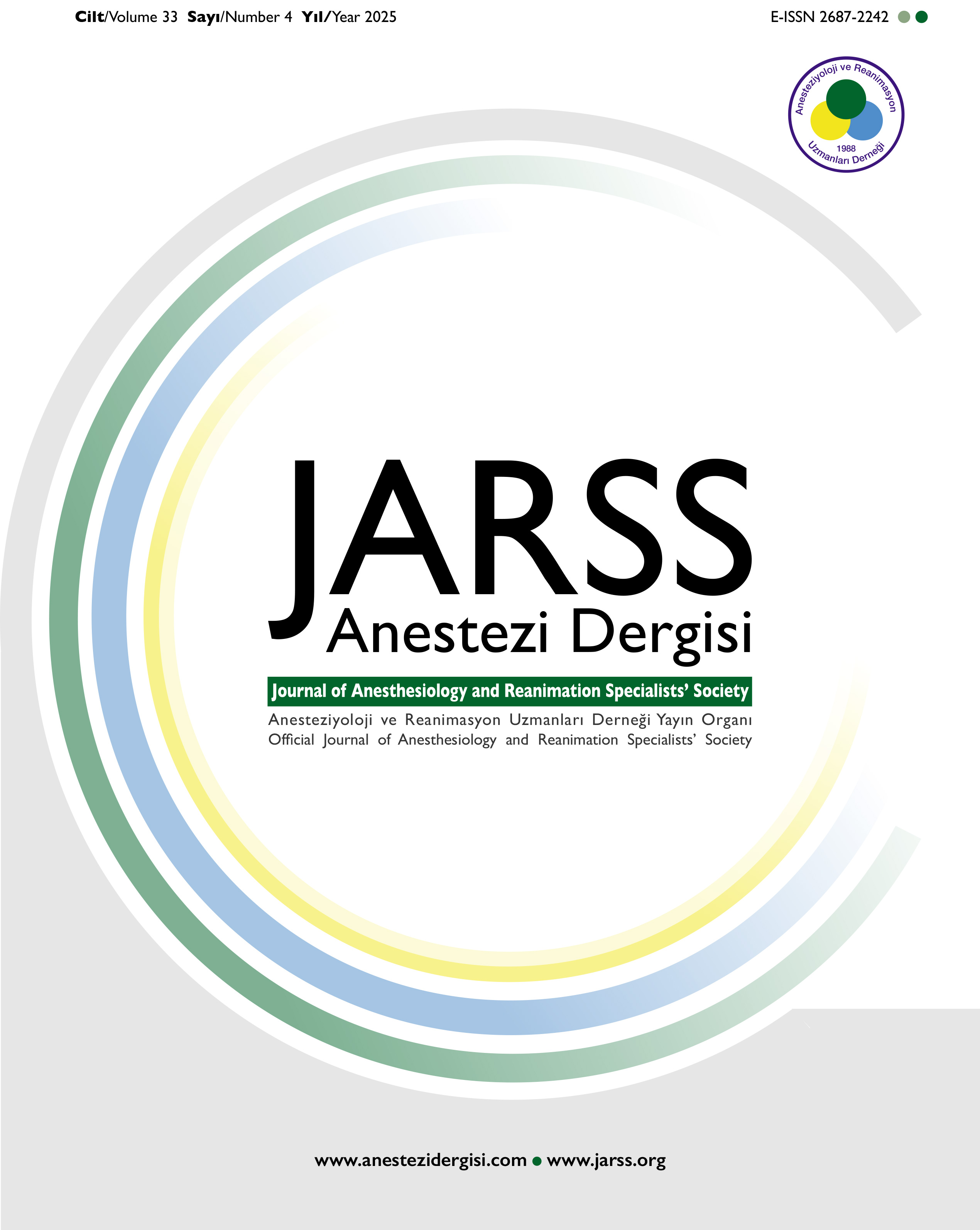Erişkin Obez Hastalarda Rejyonal Anestezi
Emine Aysu Şalvızİstanbul Üniversitesi, İstanbul Tıp Fakültesi, Anesteziyoloji ve Reanimasyon Anabilim DalıObezite önemli halk sağlığı sorunlarından biridir ve anormal yağ birikimi olarak tarif edilmektedir. Kardiopulmoner fizyolojik değişiklikler ve çok sayıda yandaş hastalık (obstrüktif uyku apnesi, metabolik sendrom, koroner arter hastalığı…) ile ilişkilidir. Obez hastaların hem cerrahi ile anestezi yönetimleri zor hem de perioperatif morbidite ile mortalite oranları yüksektir. Anestezistler olarak bizler, bu hastalar ile zaman geçtikçe daha yüksek oranlarda karşılaşmaktayız. Uygun cerrahi tiplerinde, rejyonal anestezi tekniklerini genel anesteziye tercih ettiğimiz için hava yolu manipulasyonlarından, opioid tüketiminden ve cerrahiye bağlı stres yanıtlardan kaçınabilmekteyiz. Rejyonal anestezi teknikleri cazip seçeneklerdir; ancak onların da özellikle obezitesi olan hastalarda, özel ekipman ihtiyacı, zor pozisyonlama, zor anatomik işaret nokta palpasyonu, çok sayıda iğne/kateter yönlendirme ihtiyacı ve artmış oranda başarısız blok gibi kendilerine has problemleri mevcuttur. Ultrasonografi-rehberliği; anatomik yapıların görüntülenmesini, iğne giriş, yönlendirme, işlemsel travma, yan etki/komplikasyon oranlarının düşmesini ve blok başarısının artmasını sağlamaktadır. Bu derleme; obezite ilişkili yandaş hastalıklar, obez hastalarda nöroaksiyel, üst ekstremite, alt ekstremite, torasik ve abdominal blok teknik uygulamaları sırasında ortaya çıkan olası problemler, bu durumları yönetmede literatürde yer alan öneriler ve ultrasonografinin rolü üzerinde yoğunlaşmıştır.
Anahtar Kelimeler: Obezite, Vücut kitle indeksi, Nöroaksiyel anestezi, Periferik sinir blokları
Regional Anesthesia in Adult Patients with Obesity
Emine Aysu ŞalvızIstanbul University, Medical Faculty of Istanbul, Department of Anesthesiology and Intensive CareObesity is one of the important public health concerns, and described as abnormal accumulation of fat. It is associated with cardiopulmonary physiological alterations and a number of comorbidities (obstructive sleep apnea, metabolic syndrome, coronary artery disease…). Not only surgical and anesthetic managements of obese patients are challenging but also their perioperative morbidity and mortality rates are higher. We, as anesthesiologists, face these patients at an increasing rate with time. Since we prefer regional anesthesia techniques to general anesthesia in appropriate surgery types; we would avoid airway manipulations, opioid consumption and surgery-related stress responses. Regional anesthesia techniques are attractive options; however, they have unique challenges such as requirement for special equipment, crucial positioning, multiple attempts at redirecting needle/catheter, difficulty in palpation of anatomical landmarks, and increased rate of failed blocks in patients with obesity. Ultrasound-guidance provides us visualization of anatomical structures, decreased rates of needle insertions, and orientations, procedural trauma, side effects/complications and increased rates of block success. This review focuses on the obesity-related comorbidities; possible problems occur during the performance of neuroaxial, upper extremity, lower extremity, thoracic and abdominal wall block techniques performed on obese patients; literature supported suggestions and the role of ultrasound to manage these situations.
Keywords: Obesity, Body mass index, Neuroaxial anesthesia, Peripheral nerve blocks
Makale Dili: İngilizce
(2576 kere indirildi)












